The Titmouse is a small group of birds that live in North America. They are quite small, and have pointed crests of feathers on their heads.
These birds are in the Paridae family, and their closest relatives are the tits and the chickadees. There are five different species of titmice, the bridled, oak, juniper, black-crested, and tufted Titmouse. Read on to learn about the Titmouse.
Description of the Titmouse
While each species of this tiny bird is different, they are all similar in size and shape. This species looks a lot like a cardinal without its red color. They have teardrop-shaped bodies, long tails, and triangular crests atop their heads.
While their plumage varies, they are mostly tan, grey, and cream colored. Most titmice are just five or six inches long, and weigh an ounce or less.
Interesting Facts About the Titmouse
These little birds live in different regions across North America. Learn about the different adaptations and traits they have below.
- Hybridization – Populations of two different species of Titmouse intersect in some areas. When this occurs, some species of titmice will cross breed with other species. However, it is difficult for you to distinguish between hybrid and purebred offspring.
- Crazy Collection – Some titmice species like to line their nests with fur. In fact, one YouTube video shows a Titmouse collecting fur directly from a rough collie who is sitting on a porch! These birds aren’t scared to find their fur at the source!
- Super Storage – Like their cousins, the chickadees, titmice collect extra food and hide it for use in the wintertime. One of their favorite sources of food to store is the seed from birdfeeders! These little birds can remember the hiding spot of thousands of seeds.
Habitat of the Titmouse
The different species of titmice live in similar types of habitats. These birds live in several different ecosystems, including woodlands, groves, and forest, both deciduous and mixed.
They are also quite adaptable, and live in urban areas as well. Urban titmice live in orchards, parks, gardens, and suburbs, taking advantage of birdfeeders when they find them.
Distribution of the Titmouse
Each species of Titmouse has a different distribution. Overall, the titmice live across much of the United States and into Mexico. The Brindled Titmouse lives from New Mexico and Arizona into Mexico.
The Oak Titmouse ranges across the western coast of the United States and into Baja California. Juniper titmice live in Nevada, Utah, and the surrounding areas. Tufted titmice live throughout the eastern United States. Finally, the Black-crested Titmouse lives from Missouri to Mexico.
Diet of the Titmouse
These little birds are omnivores, which means they eat both plants and animals, though they primarily hunt invertebrates like insects. The bulk of their diet is seeds and insects. During the summer, they eat a greater percentage of insects while feeding their young.
Some of their different prey items include caterpillars, spiders, insect larvae, snails, wasps, beetles, and bees. They eat more seeds, nut, and berries during the winter.
Titmouse and Human Interaction
All five species of titmice have healthy populations that are either stable or increasing. Populations in some regional areas vary, but as a whole all the populations are healthy. They frequent backyard birdfeeders, and people usually like these little birds.
Birdfeeders actually help this species survive harsh winters by giving them a food source. They are common birds, and the IUCN lists all species of the Titmouse species as Least Concern.
Domestication
Humans have not domesticated titmice in any way.
Does the Titmouse Make a Good Pet
No, titmice do not make good pets. Even though they are cute little birds, they are wild and do not fare well as household pets. Throughout the United States, the Migratory Bird Treaty Act protects these birds from harassment and harm.
Titmouse Care
In zoos, these little birds thrive in aviary style habitats. Because they are so friendly and charismatic, they are popular with zoogoers. Their enclosures are quite large, and contain a variety of trees, bushes, shrubs, and other perches for them to explore and forage for insects.
Especially in large aviaries, titmice live with a variety of other bird species. Zookeepers feed them a wide variety of mealworms, crickets, insect larvae, seeds, and berries.
Behavior of the Titmouse
Titmice are diurnal, or active during the daytime. They are energetic and charismatic little birds, which makes them popular at backyard birdfeeders. These little birds are quite curious and bold, and they sometimes become very accustomed to humans.
Outside of the breeding season these birds live in small flocks. As the breeding season arrives, Titmouse pairs guard nesting territories.
Reproduction of the Titmouse
Pairs of titmice breed at different times based on the region they live in. They build their nests in tree hollows, woodpecker holes, or manmade nest boxes. Females lay an average of six eggs per clutch, which they incubate for about two or two and a half weeks.
When the chicks are just two and a half weeks old they begin learning how to fly. The young of some species remain in close proximity to their parents for several months after they gain independence.

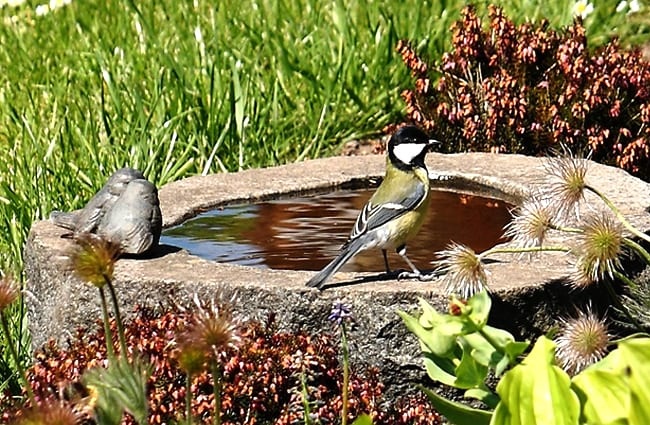
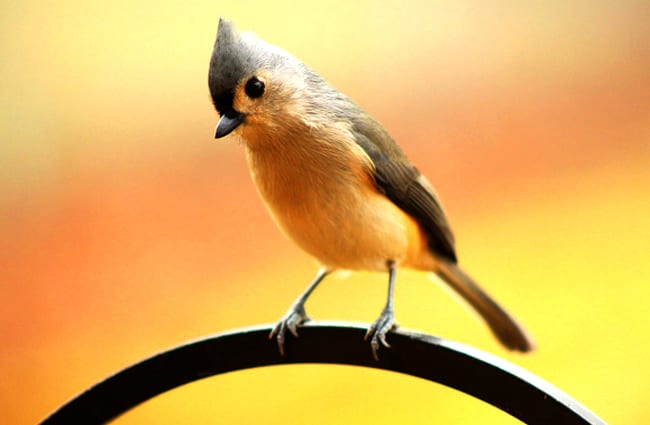
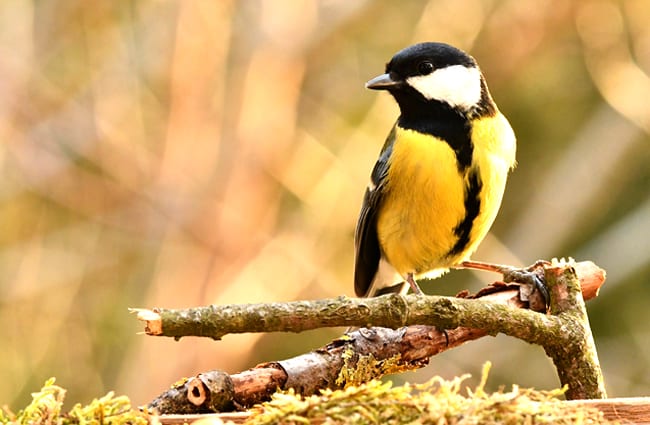

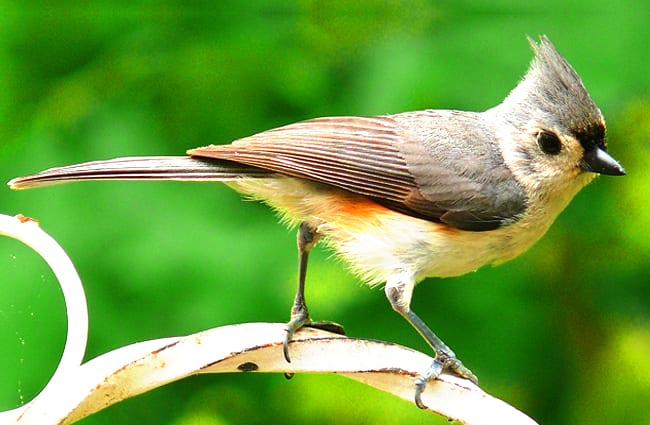
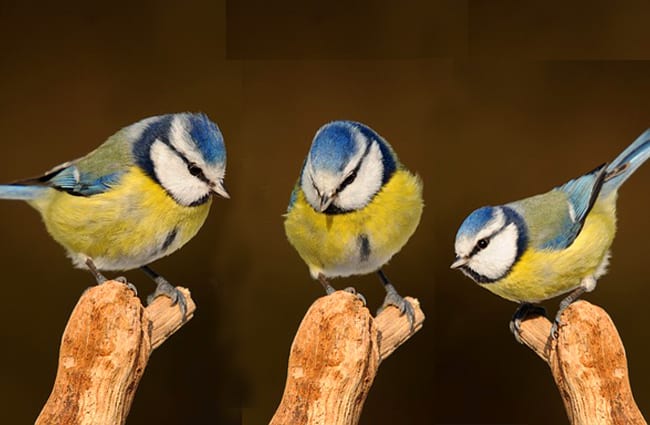
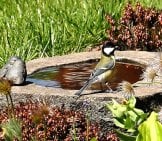
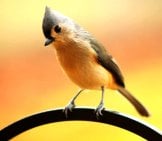
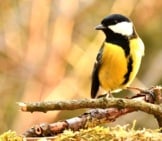

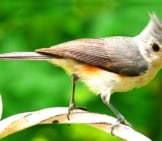

![Red Angus Closeup of a beautiful Red Angus cowPhoto by: U.S. Department of Agriculture [pubic domain]https://creativecommons.org/licenses/by/2.0/](https://animals.net/wp-content/uploads/2020/03/Red-Angus-4-238x178.jpg)












![Red Angus Closeup of a beautiful Red Angus cowPhoto by: U.S. Department of Agriculture [pubic domain]https://creativecommons.org/licenses/by/2.0/](https://animals.net/wp-content/uploads/2020/03/Red-Angus-4-100x75.jpg)

